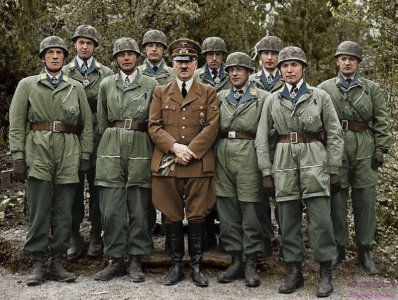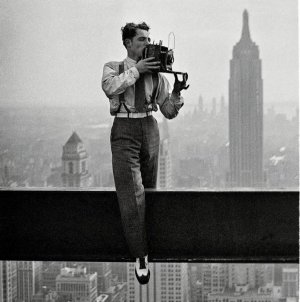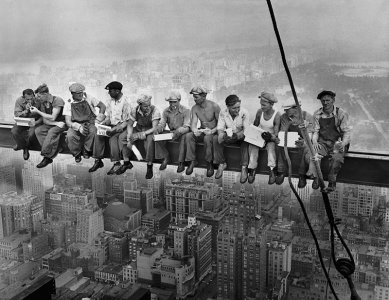View attachment 169591
You’ve seen the famous Lunch atop a skyscraper photo, here is Charles C. Ebbets the man who took it
Formerly attributed to "unknown", and often misattributed to
Lewis Hine, it was credited to
Charles C. Ebbets in 2003. Evidence confirming his authorship held in the Ebbets' Estate archives include original work orders showing invoices to Rockefeller Center for the time period surrounding the photo, letters of recommendation from his work at Rockefeller Center when the photo was taken, a copy of the original article from the NY Herald Tribune when the photo first appeared in 1932 in his own scrapbook of his work, photos from his office in NY taken in 1932 showing the image on a bulletin board display of his work, and a negative of him at work on the site that day.
View attachment 169590



























